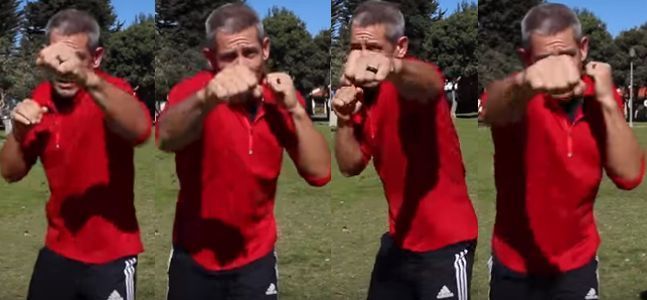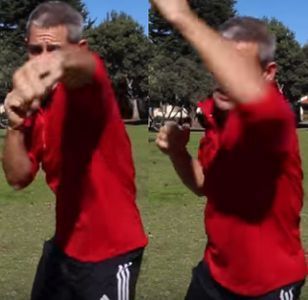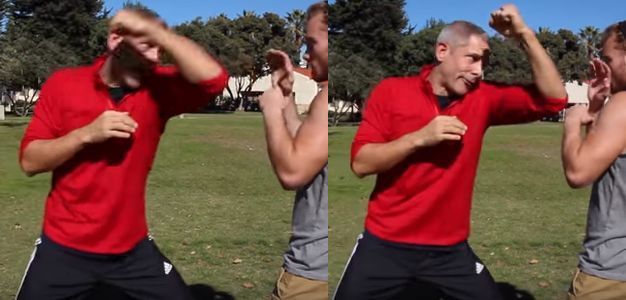A friend of mine who used to train at a MMA gym said his instructor would have old lawn mowers that wouldn't start and part of the training was to stand there and try and start the mowers by pulling the cord repeatedly. It took him a while to realise it was actually improving his hip twisting.




 Reply With Quote
Reply With Quote



 I say again, this person is a black belt and an instructor. Not a noob. And I reckon the injury would've been far worse if he were sparring against a more powerful kicker, like say a Muay Thai fighter.
I say again, this person is a black belt and an instructor. Not a noob. And I reckon the injury would've been far worse if he were sparring against a more powerful kicker, like say a Muay Thai fighter. 



 You'll also notice that the way that he stands and moves is much more traditional. Comparatively lower and deeper stances, none of the higher bouncing or leaping stances/techniques that they use in Muay Thai. I watched another video a few days ago where a
You'll also notice that the way that he stands and moves is much more traditional. Comparatively lower and deeper stances, none of the higher bouncing or leaping stances/techniques that they use in Muay Thai. I watched another video a few days ago where a  Martial arts are designed to work, not to entertain.
Martial arts are designed to work, not to entertain. 
